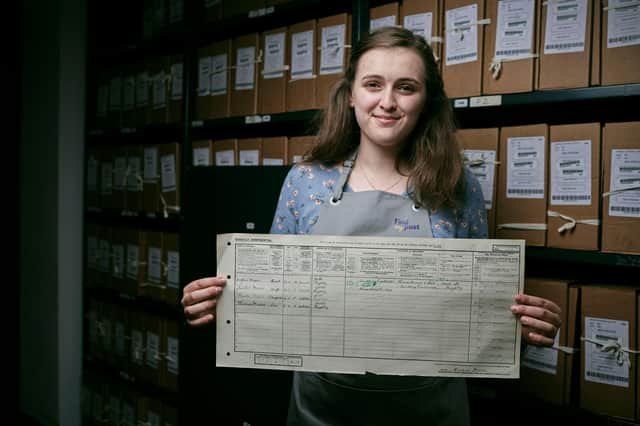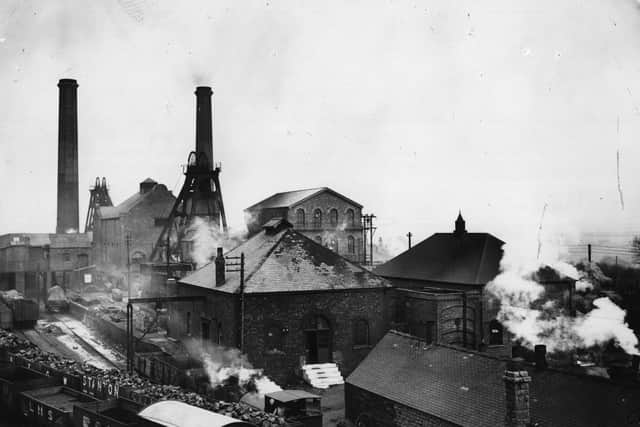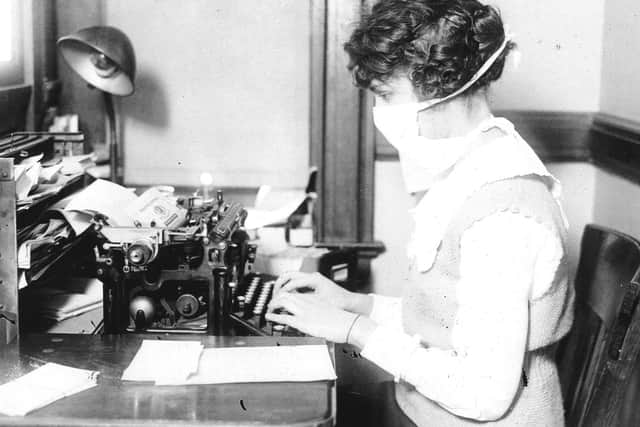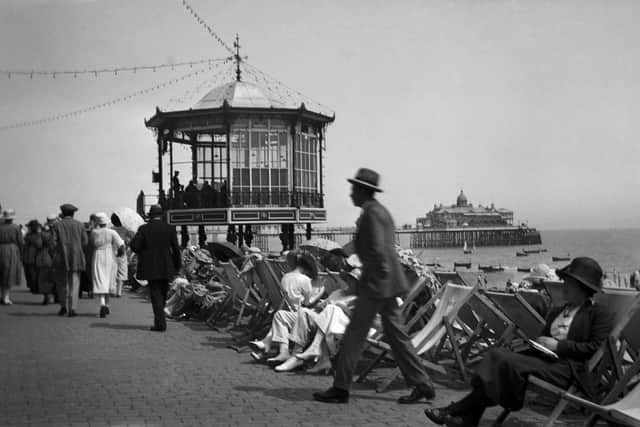Life in Derbyshire in 1921 is revealed as detailed census records are released online


The census was taken on June 19, after a two-month delay caused by industrial unrest which was triggered by the Miners Federation’s plan to strike over a reduction in pay.
Across the country many people were not at home on census day, choosing to take the sea air at popular resorts such as Blackpool, Southend and Eastbourne.
Advertisement
Hide AdAdvertisement
Hide AdOf those who stayed in Derbyshire, residents with the surname Smith topped the table of county’s respondents by contributing 10,123 records, followed by Tayor with 5,431 submissions.


The findings show that a whopping 190,862 respondents in Derbyshire –33.3% of the county’s population – opted not to give their occupation, whether that was because they were out of work and chose not to enter ‘unemployed’ or retirees.
There were 82,252 employed on home duties, 5,228 coal miner hewers, 3,937 general labourers and 3,795 farmers.
For the first time since records began in 1801, the 1921 census included the marital status ‘divorced’. In Derbyshire 150 respondents recorded that they were divorced which represented 0.03 of the county’s population and two reported that they were separated. The low numbers may not reflect the true picture because there was a stigma attached to the breakdown of marriages at that time.
Advertisement
Hide AdAdvertisement
Hide AdDerbyshire’s record shows that 235,601 of respondents were married, representing 40.90% of the population, 143,119 were single and 30,119 were widowed.


There was an average of three people living in every household in towns covered by the Derbyshire Times.
The registration district covering Chesterfield, Bolsover and Staveley bucked the national trend which recorded that overall there were more women than men. In this patch of Derbyshire men outnumbered women by 50.8% to 49.2% among the population of 164,973.
In Belper and Ripley, women outnumbered men by 50.7% to 49.3% among the population of 76,306.
Advertisement
Hide AdAdvertisement
Hide AdIn the Shardlow district, including Ilkeston, the population of 73,370 was made up of 51% women and 49% men.


And in the area covering Bakewell and Matlock, the population of 37,278 comprised 53.6% women and 46.4% men.
Jeff James, chief executive and keeper at the National Archives said: “The 1921 census allows a snapshot of life 100 years ago, at a time when individuals and communities were embarking on a new era where everyday rights and roles were changing. What makes it even more important is that it will be the last census release for England and Wales for 30 years, with the 1931 census lost in a fire during the Second World War and the 1941 census never taken.”
Nationally, the 1921 census shows that there were over 1.7million more women than men in England and Wales, the largest difference ever seen in a census. This was owing to the vast number of men who fell in the First World War.
Advertisement
Hide AdAdvertisement
Hide AdProminent individuals alive at that time, including cultural icons such as Lord of the Rings writer – J.R.R. Tolkien, Famous Five author - Enid Blyton, Peter Rabbit writer - Beatrix Potter, Winnie the Pooh author - A.A. Milne and the creator of Sherlock Holmes, Arthur Conan Doyle. On the night the census was taken Conan Doyle was playing host to a number of mystics and psychics, suggesting he may have been holding a seance at the time.
Details of national treasure Sir Captain Tom Moore, war hero and mathematician Alan Turing, suffragette Millicent Fawcett, Prime Minister David Lloyd George, the first female MP to take her seat in Parliament Nancy Astor, the first female racing car driver Dorothy Levett and scientist Alexander Fleming, also come to life in the pages of the census.
In 1921 England and Wales were emerging from the Spanish flu pandemic in 1921, just as we are emerging from the Covid pandemic now. One of the respondents to the census submitted his record stained with disinfectant!
The digitisation of the census records gives members of the pubic the opportunity for a first look at individual returns and is available to search online at
Advertisement
Hide AdAdvertisement
Hide AdMary McKee, head of content publishing operations at Findmypast says: “We are honoured to have been entrusted with the mammoth task of conserving and digitising these precious documents. Our team has committed themselves diligently for three years to ensure that our nation’s history could be preserved for future generations
"Whilst the scale of the census is staggering, we are particularly excited for people to discover the individual stories of their ancestors as they can now learn about their lives in exceptional detail. Be it some animal paw prints visible on the page, or a witty note added in alongside their response – through the census we can start to really understand who these people were and what they were experiencing at the time.”